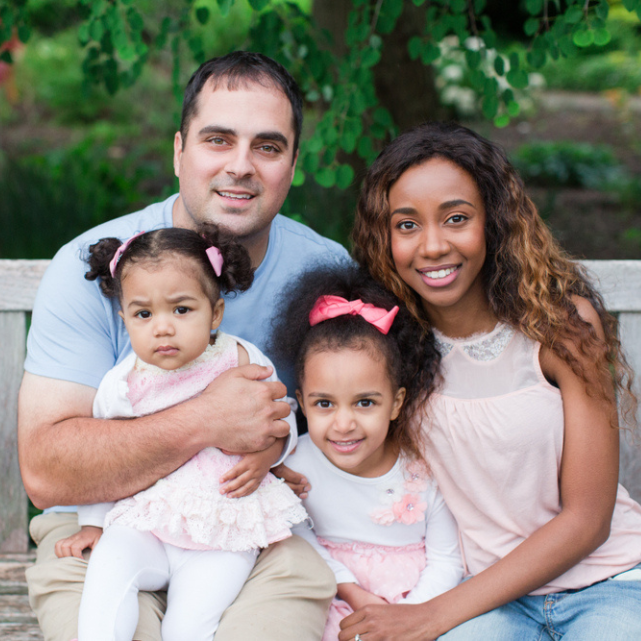Online Counselling for Managing Blended Families
What are Blended families?
Blended families, also known as stepfamilies, are formed when one or both partners have children from a previous relationship. This family structure includes step-siblings, step-parents, and other relatives. Each family member has their own experiences, feelings, and expectations, and adjusting to new dynamics can take time. To create a family that is happily blended needs understanding and respecting the differences.
Benefits of Blended Families
Blended families can offer greater support networks and the experience of learning from different experiences of the family. Children brought up in blended families may also develop better social skills by developing relationships with step-siblings and step-parents. In addition, blended traditions and cultures can give meaning to family life, aiding in the formation of an inclusive family identity through diversified experiences and views. With good communication and cooperation, blended families could thrive and make meaningful connections.
Challenges of Blended Families
Blended families have several advantages, but they also face unique challenges. There can be confusion, jealousy, or resentment due to the adjustment to new roles and relationships among family members. Conflicts may also arise because children are loyal to their biological parents but now also have a new set of family members. Open discussion among the family and working out a solution with everyone being heard and valued is crucial in this matter.
Parenting in Stepfamilies
Clear communication, understanding, and flexibility—build healthy parenting in stepfamilies. Maintaining consistency of rules and expectations will provide stability to children. It's very much necessary that the biological parents and the step-parent should work well together and face the challenges unitedly. This will help all members of the family develop trust and respect for one another. Making the effort to get along with stepchildren through bonding activities improves relationships with positive reinforcement from the family.
How Therapy Can Help?
For a mixed family facing difficulties, the aid of a CBT therapist is just as necessary. Therapy becomes an avenue for them to safely speak of their feelings and conflicts under the guidance of a professional guide. The best family counseling near you or online therapy in Canada would surely be an ideal source for learning effective ways to communicate and coping techniques for them. This may serve as a healthy understanding and relationship, paving the way for a happy, less complicated blended family experience.

